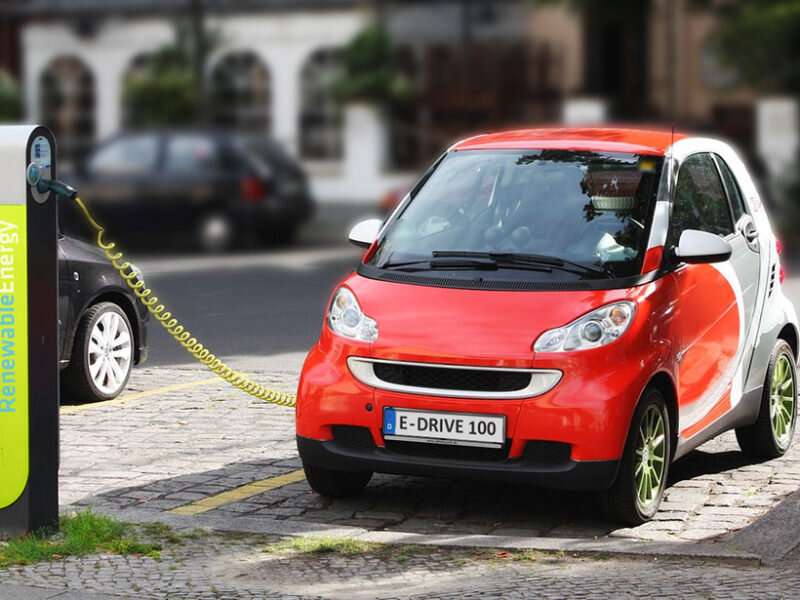Carbon capture can't solve the climate problem without individual actions

Geoengineering projects focused on reducing greenhouse gas emissions like large-scale tree planting, carbon removal, and carbon storage may mitigate climate change, but not without the widespread adoption of electric cars, according to a new study. The new research shows that individual choices will play a large part in helping the world meet the global goals set by the Paris Agreement, which aim to radically reduce greenhouse gas emissions by 2050.
"We do need to make these emissions cuts, and individual action can be a significant part of that," said Emily Murray, an undergraduate student in astrophysics at Princeton University and the lead author of the study, published in Earth's Future.
Murray and her supervisor, Princeton lecturer Andrea DiGiorgio, wanted to assess how one individual action (reducing carbon dioxide emissions from gasoline‐fueled private vehicles), when adopted at a global scale, may have an effect that is comparable to the effects of geoengineering projects.
Murray and DiGiorgio conducted a meta-analysis of previous literature examining the overall projected impacts of the widespread adoption of electric vehicles. They calculated the amount of carbon emissions that would be reduced by replacing fossil fuel–burning vehicles with electric cars, taking into account the extra burden these vehicles put on power plants and the emissions they release.
The researchers then examined a number of geoengineering methods to remove carbon dioxide from the atmosphere. These included planting trees, a technique called enhanced weathering that uses natural or artificially created minerals to absorb carbon, and direct carbon dioxide removal techniques that involve sucking carbon from the air. They also looked at the use of bioenergy consumption combined with carbon capture and storage and biochar—storing carbon in the form of charcoal.
Murray and DiGiorgio calculated how much carbon these techniques would remove if they were deployed to the fullest extent by 2050. They found that the simplest method of carbon removal—forestation—was the most effective geoengineering technique in that time frame.
The adoption of electric cars wasn't far behind forestation as a carbon mitigation strategy, however. If all fossil-fueled vehicles were replaced by Teslas and other electric cars by 2034, the impact would be more effective in reducing carbon emissions than the two least effective methods of carbon removal combined: enhanced weathering and biochar.
Murray said it's unlikely that all of the geoengineering techniques studied in the paper would be implemented at full scale, with the best technology. But even if they were, they wouldn't mitigate all carbon emissions.
She went on to say the adoption of electric cars is a more realistic climate mitigation strategy, as it's already happening, whereas some of the geoengineering techniques are just being put into place.
More information: Emily G. Murray et al. Will Individual Actions Do the Trick? Comparing Climate Change Mitigation through Geoengineering versus Reduced Vehicle Emissions, Earth's Future (2021). DOI: 10.1029/2020EF001734
Provided by American Geophysical Union
This story is republished courtesy of Eos, hosted by the American Geophysical Union. Read the original story here.





















